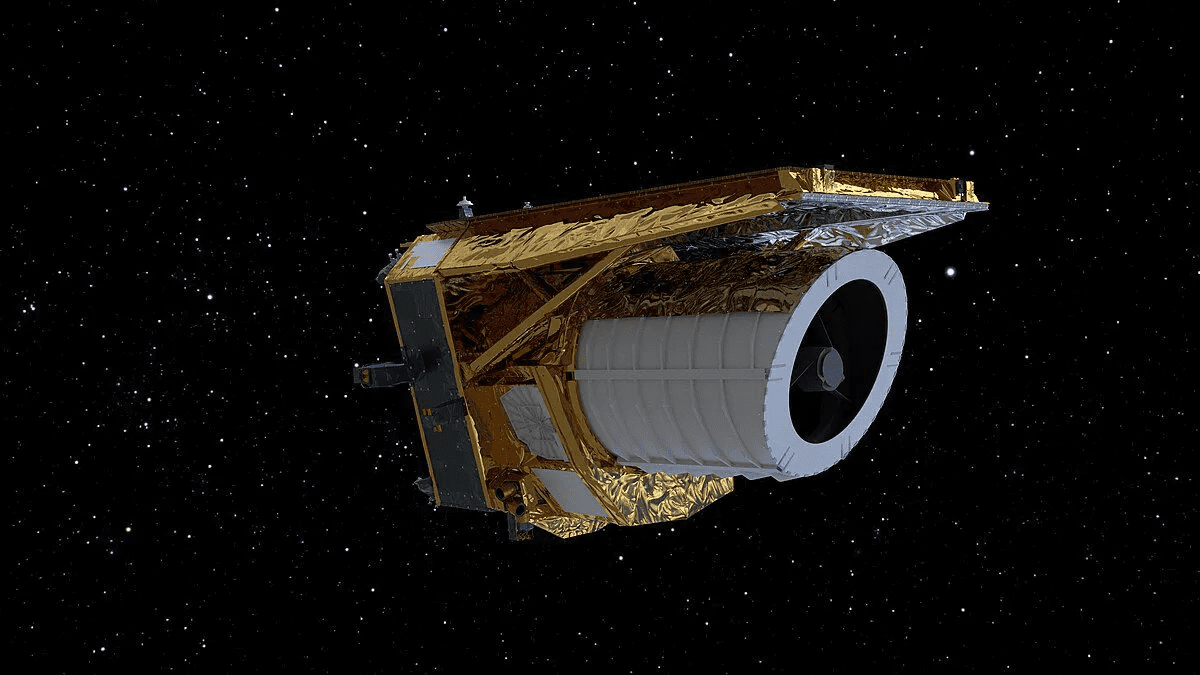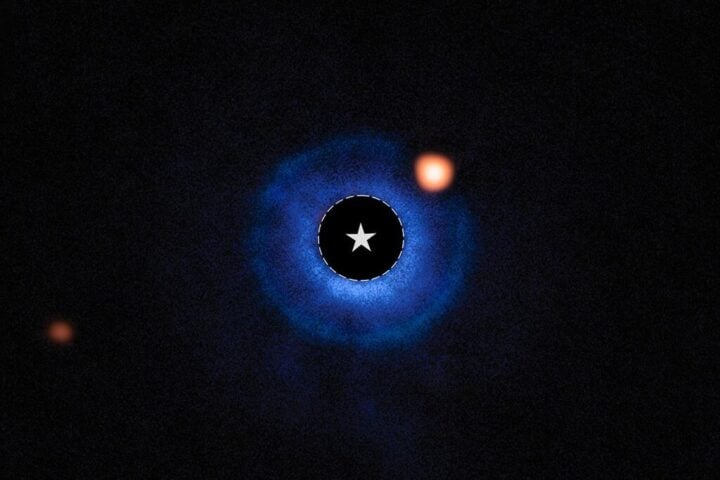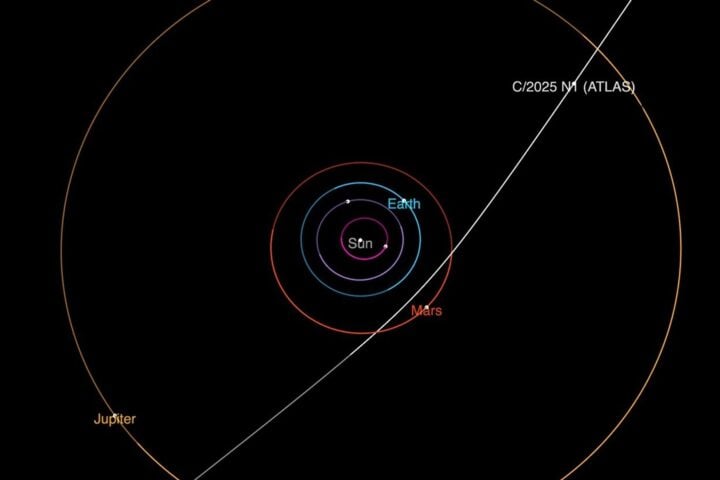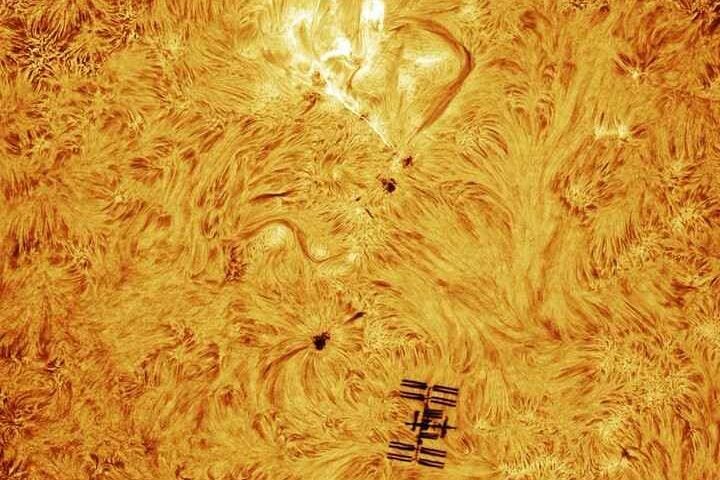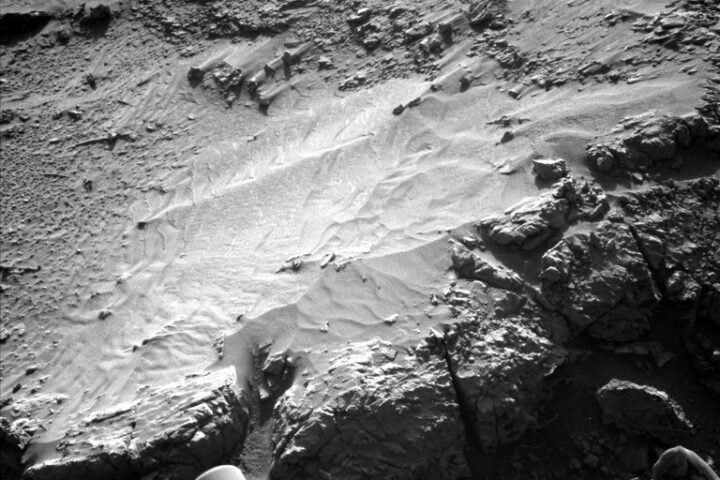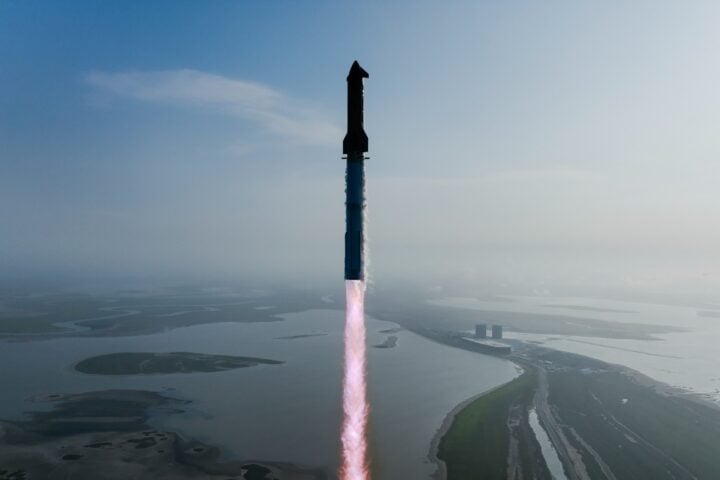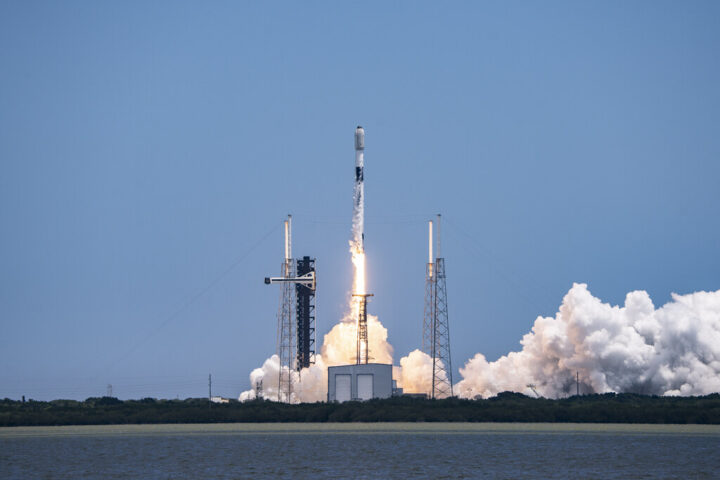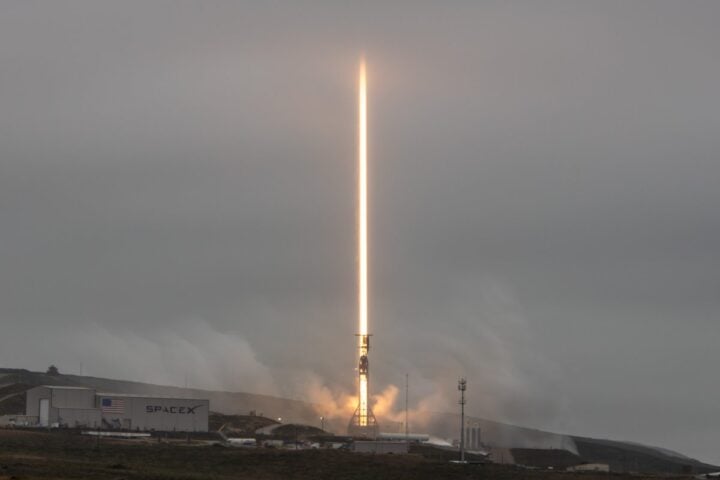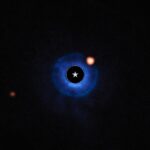Following a successful launch from Cape Canaveral on July 1, the European Space Agency’s (ESA) Euclid Space Telescope has safely reached the Sun-Earth Lagrange point 2 (L2). This crucial location, approximately 1.5 million kilometres from Earth, allows for steady and precise astronomical observations. The journey sees Euclid joining the ranks of the renowned James Webb and Gaia Space Telescopes already in the L2 orbit.
Having reached its destination, Euclid has now embarked on an essential commissioning phase. Over the next three months, its sophisticated instruments will be prepared for the operations that are set to revolutionize our understanding of the universe. Notably, the fine guidance sensor (FGS) has been calibrated to ensure the telescope’s exact direction, using stars to guarantee steady and clear imaging for its cosmic survey.
Recent adjustments to the telescope’s secondary mirror, made by Airbus Defence and Space France, have enhanced its focus. First light data from the Visible Infrared Survey (VIS) and Near-Infrared Spectrometer and Photometer (NISP) detectors confirmed good performance from these sensors, further validating the instrument’s readiness for the upcoming investigations.
However, an unexpected phenomenon emerged during the initial testing phase. The VIS images showed a strange light pattern, with more light intake than anticipated. The operations team has begun an investigation into this anomaly, which revealed that the unnatural light pattern only appears at certain telescope orientations.
Assisting in this research, the Canada-France-Hawaii Telescope has provided ground-based observations of Euclid’s journey. These observations have been pivotal in confirming the success of the telescope’s crucial orbit control manoeuvre, ensuring its trajectory towards the L2 orbit.
Euclid’s micro-propulsion system, fundamental for maintaining precise pointing, has also been activated and successfully tested. Additionally, the telescope underwent a “de-icing” phase to ensure no moisture could freeze on its mirror surfaces, potentially disrupting its mission.
One of Euclid’s crowning features is its K-band high-gain antenna. As part of the spacecraft’s deep-space communications system, it enables Euclid to become the largest data transmitter from trans-lunar space, surpassing the data rate of the James Webb Space Telescope by two to three times.
Similar Post
The Euclid Space Telescope promises to shed light on the universe’s greatest mysteries, namely dark matter and dark energy, which collectively make up nearly 95% of the universe. By observing distant galaxies, Euclid aims to construct a 3D map of the universe’s dark matter, providing critical data on its gravitational effects.
The L2 orbit’s stability is key to this mission. It enables telescopes to avoid heat and light interference from both Earth and the Sun, providing a cool and steady environment for high-resolution observations. Notwithstanding the presence of other space telescopes in the L2 region, the risk of collision remains negligible due to the vast space surrounding the point.
With its VIS control electronics switched on successfully, Euclid now stands ready for scientific data collection, setting the stage for unprecedented discoveries about our universe’s dark realms.
